IS BASED ON NANOTECHNOLOGY
IS BASED MAINLY
ON TOXIC NANOTECHNOLOGY!!!
https://pubs.acs.org/doi/10.1021/acsnano.1c10919 Nanotechnology for a Sustainable Future: Addressing Global Challenges with the International Network4Sustainable Nanotechnology | ACS Nano
Publication Date: December 15, 2021
https://doi.org/10.1021/acsnano.1c10919
Figure 7. Contributions of nanobio/materials/photonic technologies to emerging infectious diseases. PCR, polymerase chain reaction; POCT, point-of-care testing; UV, ultraviolet; LED, light-emitting diode.
…
CRYPTOGRAPHY = CBDC
THAT'S WHAT THESE "INJECTIONS" AND "PANDEMICS"ARE ALL ABOUT: THEY ARE AIMED AT INJECTING, INSTILLING, INHALING, INGESTING TOXIC NANOMATERIALS.
The risk evaluation for exposure to nanotechnology products is hindered by the law-protected secrecy of product formulations
When nanotubes, hailed as the harbinger of nanotech, were injected into rats, 15% of them died quickly. “The highest death rate we had ever seen”.
Rats that were instilled with high doses of SWCNT’s died of respiratory blockage rather than pulmonary intoxication
The picture shows that the respiratory airways are mechanically blocked by carbon nanotubes. This led to the asphyxiation of 15% of the test population
Results
Inflammation, no cytotoxicity
(Toxicological Sciences (2004), Vol. 77, pp 117)
Asphyxia causes generalized hypoxia, which affects all the tissues and organs, some more rapidly than others.
CARBON NANOTUBES IN MASKS:
https://www.sciencedirect.com/science/article/pii/S2215038221001849 Carbon nanotubes in COVID-19: A critical review and prospects - ScienceDirect
https://testpubschina.acs.org/doi/10.1021/acsanm.1c01386
Relevant to nanoparticle-based medical treatments is the potential of fever that would induce organ damage!!!
(THIS IS WHY THIS “VACCINE” IS IN YOUR SALAD…)
Conclusions
…
Nanoassemblers
The “Holy Grail of Nanotechnology”
Self-copying nanobots
“The perfect plague”
http://wowjava.files.wordpress.com/2009/09/nanotech.ppt
Nanoelectronics combine biology, chemistry, physics, engineering, and computer science, i.a. computer chips (nanochips), nanomotors, nanoelectronics to body’s nervous system
Potential Danger
Intentional misuse of the technology as an act of war or terrorism will be difficult to control.
…
Scientists at the University of Minnesota, U.S, have suggested that nanoparticles may have a bigger impact on the environment than previously thought.
The researchers found that a common, non-disease-causing bacteria found in the environment developed rapid resistance when it was exposed to nanoparticles.
https://www.futureforall.org/nanotechnology/risks.htm
Environmental Risks
Nanoparticles are very small and can easily enter the environment, including air, water, and soil. Once released, they can potentially have harmful effects on the environment and living organisms.
For example, nanoparticles may accumulate in the soil, affecting plant growth, and in aquatic environments, they can accumulate in the tissues of fish and other aquatic animals, potentially affecting their health. Additionally, nanoparticles may also affect the balance of ecosystems by disrupting natural processes.
Health Risks
The small size of nanoparticles allows them to penetrate biological barriers, such as cell membranes and the blood-brain barrier, potentially causing harm to living organisms. For example, some nanoparticles have been shown to cause inflammation and damage to the lungs when inhaled. There is also concern that nanoparticles may accumulate in the body and cause long-term health effects.
https://web.archive.org/web/20060427164615/http://www.voyle.net/Nano%20Debate%202005/Nano%20Debate%202005-0040.htm
Vanderbilt chemical engineers question safety of certain nanomaterials
A new study published in December 2005 in Biophysical Journal raises a red flag regarding the safety of buckyballs when dissolved in water. It reports the results of a detailed computer simulation that finds buckyballs bind to the spirals in DNA molecules in an aqueous environment, causing the DNA to deform, potentially interfering with its biological functions and possibly causing long-term negative side effects in people and other living organisms.
The research, conducted at Vanderbilt by chemical engineers Peter T. Cummings and Alberto Striolo (now a faculty member at the University of Oklahoma), along with Oak Ridge National Laboratory scientist Xiongce Zhao, employed molecular dynamics simulations to investigate the question of whether buckyballs would bind to DNA and, if so, might inflict any lasting damage.
“Safe is a difficult word to define, since few substances that can be ingested into the human body are completely safe,” points out Cummings, who is the John R. Hall Professor of Chemical Engineering and director of the Nanomaterials Theory Institute at Oak Ridge National Laboratory.
Surprising findings
Despite the caveat, Cummings suggests that his research reveals a potentially serious problem:
“Buckyballs have a potentially adverse effect on the structure, stability and biological functions of DNA molecules.”
Cummings' team found that, depending on the form the DNA takes, the 60-carbon-atom (C60) buckyball molecule can lodge in the end of a DNA molecule and break apart important hydrogen bonds within the double helix.
They can also stick to the minor grooves on the outside of DNA, causing the DNA molecule to bend significantly to one side.
Damage to the DNA molecule is even more pronounced when the molecule is split into two helices, as it does when cells are dividing or when the genes are being accessed to produce proteins needed by the cell.
“The binding energy between DNA and buckyballs is quite strong,” Cummings says. “We found that the energies were comparable to the binding energies of a drug to receptors in cells.”
It turns out that buckyballs have a stronger affinity for DNA than they do for themselves. “This research shows that if buckyballs can get into the nucleus, they can bind to DNA,” Cummings says. “If the DNA is damaged, it can be inhibited from self-repairing.”
Computer simulations
The computer simulations showed that buckyballs make first contact with the DNA molecule after one to two nanoseconds. Once the C60 molecules bind with the DNA, they remained stable for the duration of the simulation.
Researchers tested the most common forms of DNA, the “A” and “B” forms. The “B” form is the most common form. In a stronger saline solution, or when alcohol is added, the DNA structure can change to the “A” form. A third, rarer form, “Z,” occurs in high concentrations of alcohol or salt and was not tested.
The researchers found that buckyballs docked on the minor groove of “A” DNA, bending the molecule and deforming the stacking angles of the base pairs in contact with it. The simulations also showed that buckyballs can penetrate the free end of “A” form DNA and permanently break the hydrogen bonds between the end base pair of nucleotides.
As expected, the buckyballs bound most strongly to single helix DNA, causing the most deformation and damage. While buckyballs did bind to “B” form double-strand DNA, the binding did not affect the overall shape of the DNA molecule.
“Earlier studies have shown both that buckyballs can migrate into bodily tissues and can penetrate cell membranes,” Cummings says. “We don't know whether they can penetrate a cell nucleus and reach the DNA stored there. What this study shows is that if the buckyballs can get into the nucleus they could cause real problems. What are needed now are experimental and theoretical studies to demonstrate whether they can actually get there. Because the toxicity of nanomaterials like buckyballs is not well known at this point, they are regarded in the laboratory as potentially very hazardous, and treated accordingly.”
https://www.sciencedirect.com/science/article/pii/S2405844024074243 Nano Revolution: “Tiny tech, big impact: How nanotechnology is driving SDGs progress" - ScienceDirect
Fig. 1. UN Sustainable Development Goals and Nanotechnology (no poverty; zero hunger; good health and well-being; quality education; gender equality; clean water and sanitation; affordable and clean energy; decent work and economic growth; industry, innovation and infrastructure; reduced inequalities; sustainable cities and communities; responsible consumption and production; climate action; life below water; life on land; peace, justice, and strong institutions; and partnerships for the goals).
Paragraph 70 of the 2030 Agenda reads: “The Technology Facilitation Mechanism will be based on a multi-stakeholder collaboration between Member States, civil society, private sector, the scientific community, United Nations entities, and other stakeholders and will be composed of a United Nations Interagency Task Team on Science, Technology, and Innovation for the SDGs, a collaborative Multistakeholder Forum on Science, Technology, and Innovation for the SDGs and an on-line platform.”
PROTECTING THE PLANET!!!!!!!
WHAT A JOKE!!!
2.1. Partnerships for the goals (Goal 17)
A recent trial in the UAE [105], featuring innovative cloud seeding technology, has yielded encouraging outcomes. The National Centre of Meteorology collaborated with the local weather association in Texas, conducting a series of flights to assess the effectiveness of the new approach. Nanomaterials took center stage in this endeavor. Designed explicitly for cloud seeding, these nanomaterials prove superior to conventional agents like salt and dry ice. Their precision and efficacy make them a more advanced tool for inducing rainfall from existing clouds.
Nanotechnology-based encryption methods can also improve data security and protect sensitive information, contributing to the establishment of robust institutional frameworks, especially in the era of quantum computing.
THESE PEOPLE ARE DANGEROUS MADMEN AND CRIMINALS.
THIS IS WAR, THEY KNOW VERY WELL THAT THEY ARE MURDERING MILLIONS, BILLIONS OF PEOPLE.
MOREOVER, THEY ALSO SLAUGHTER ANIMALS, PLANTS, ALL LIFE ON THIS PLANET AND THE PLANET ITSELF.
THEY ARE INSANE!!!
http://www.capitalideasonline.com/images/C%20M%20Sampat-Dec11%2C2002.ppt




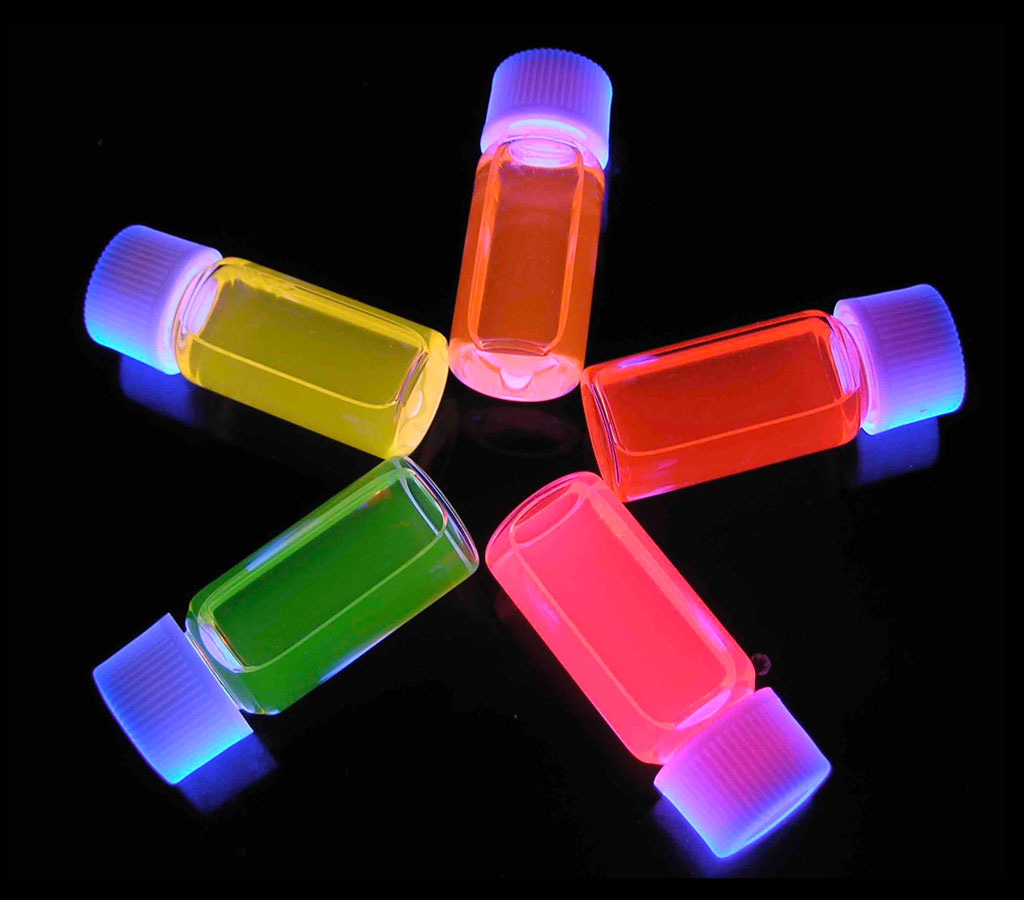

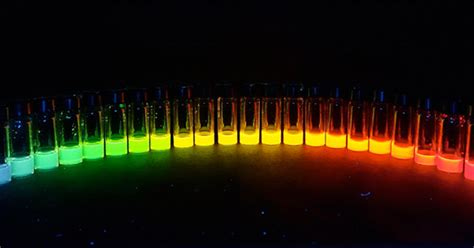










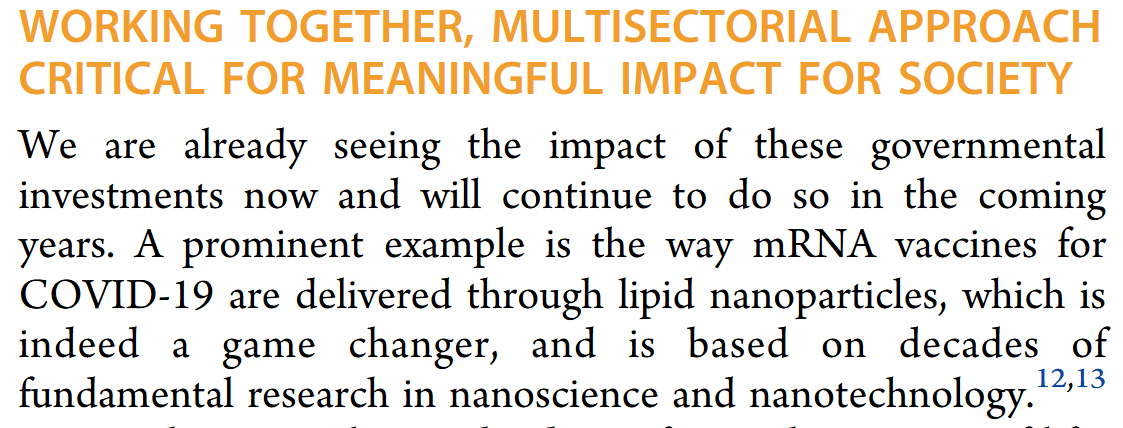














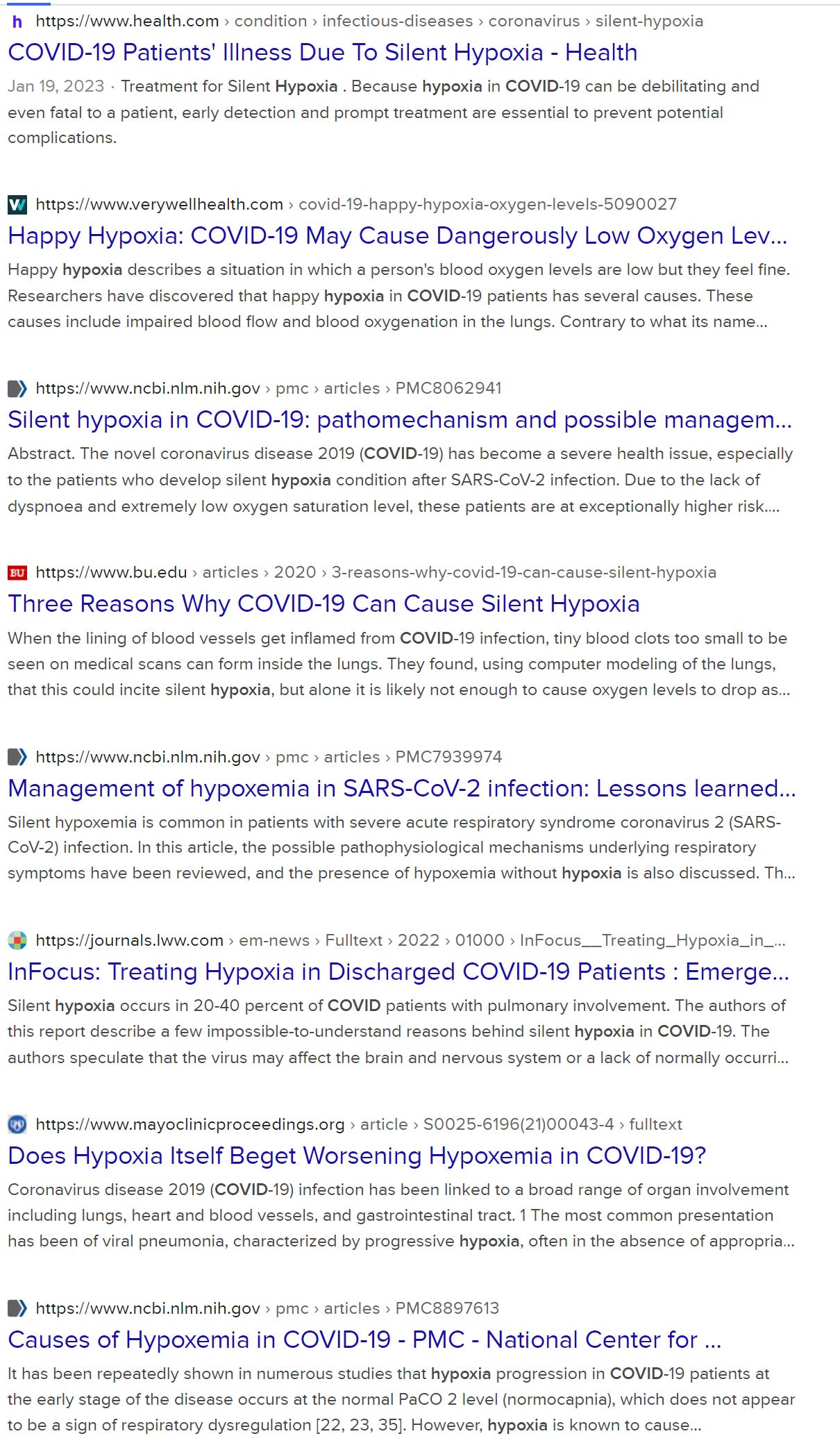






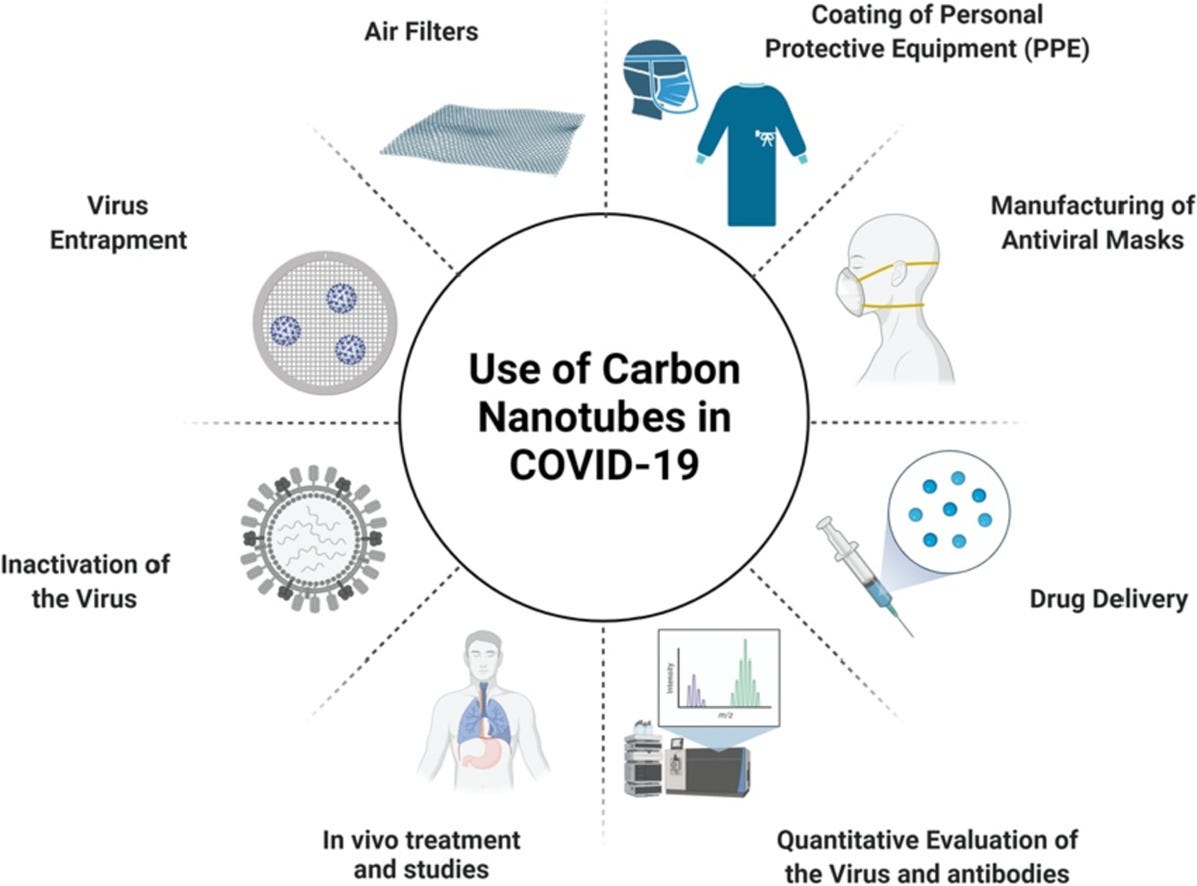
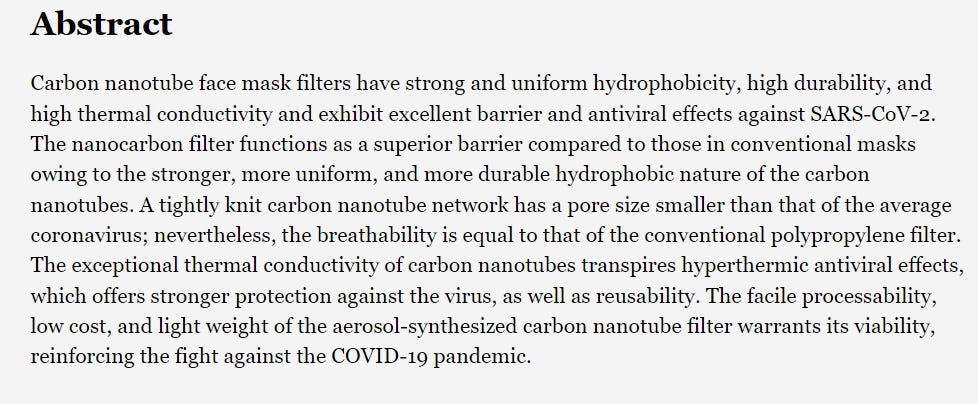



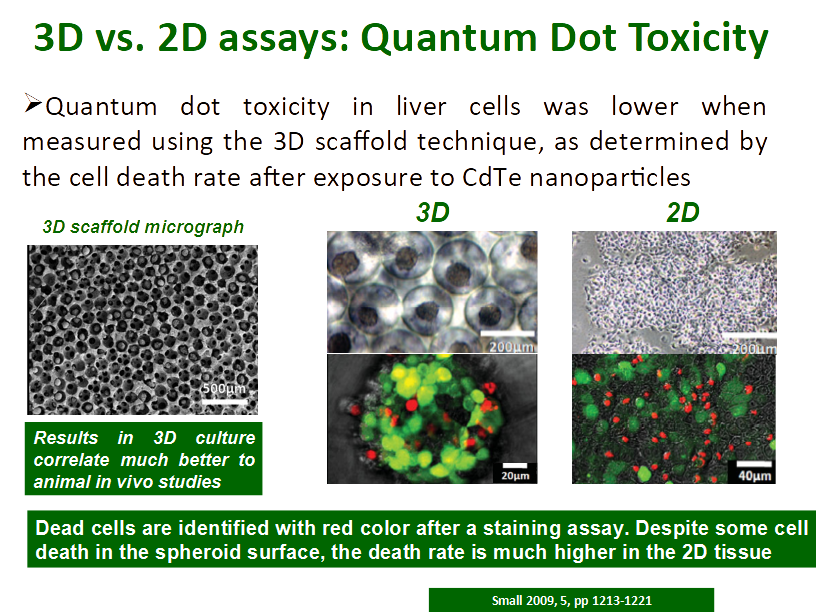








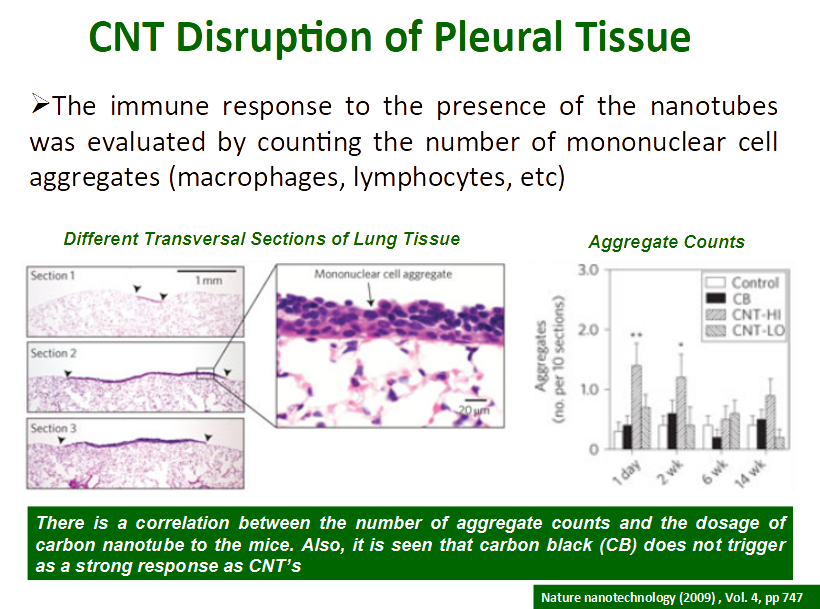








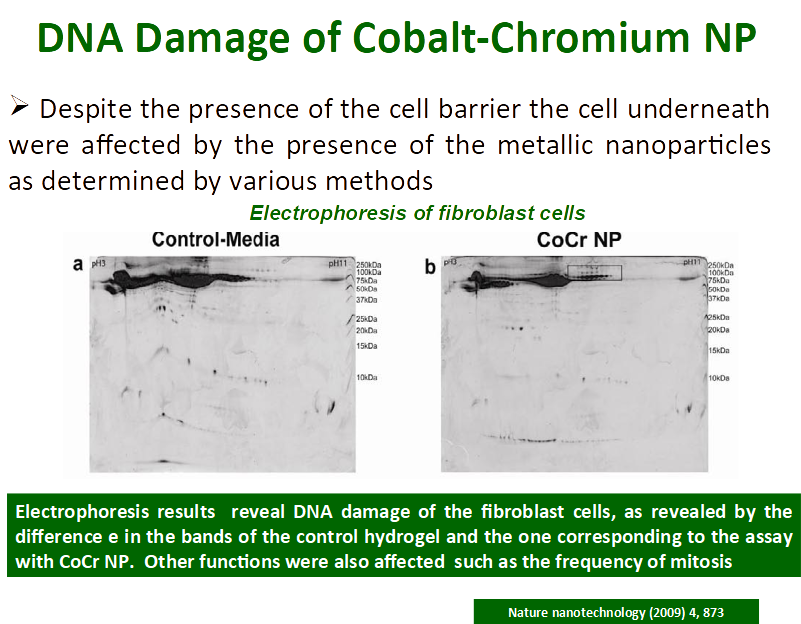


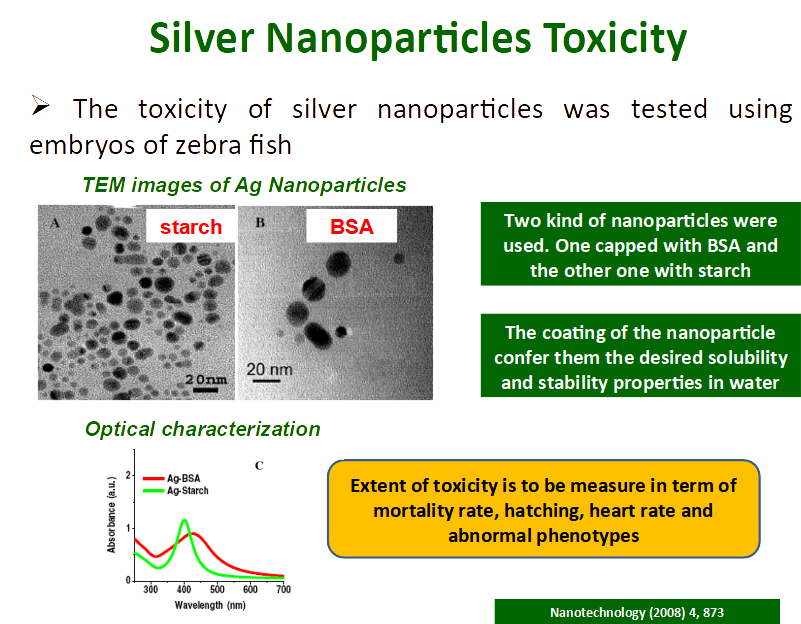
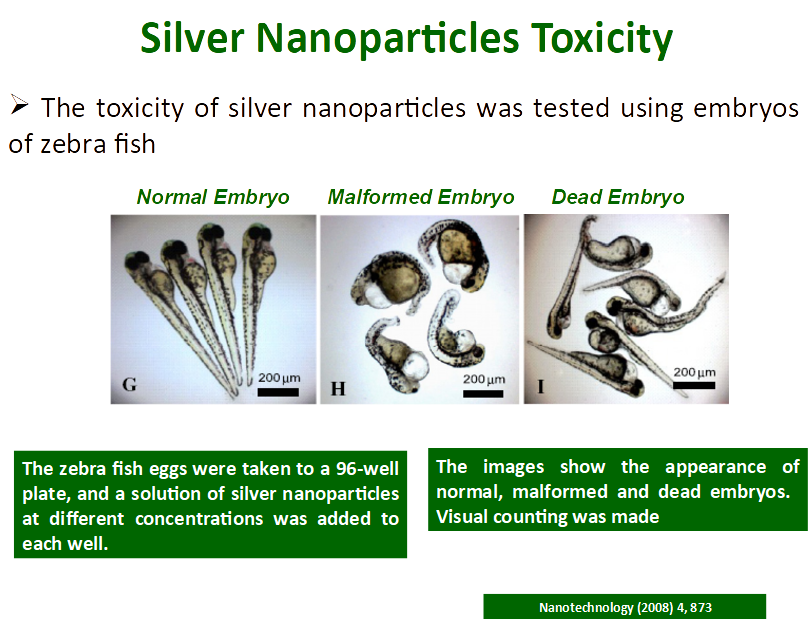












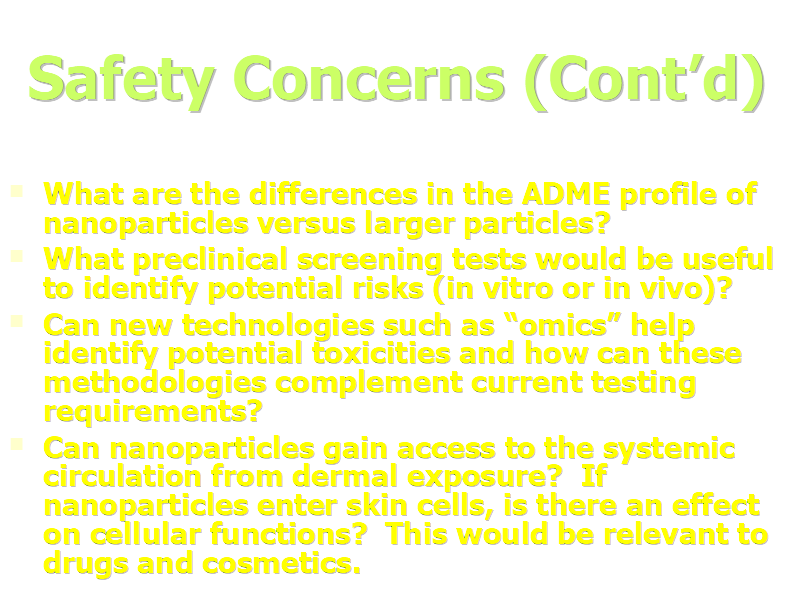











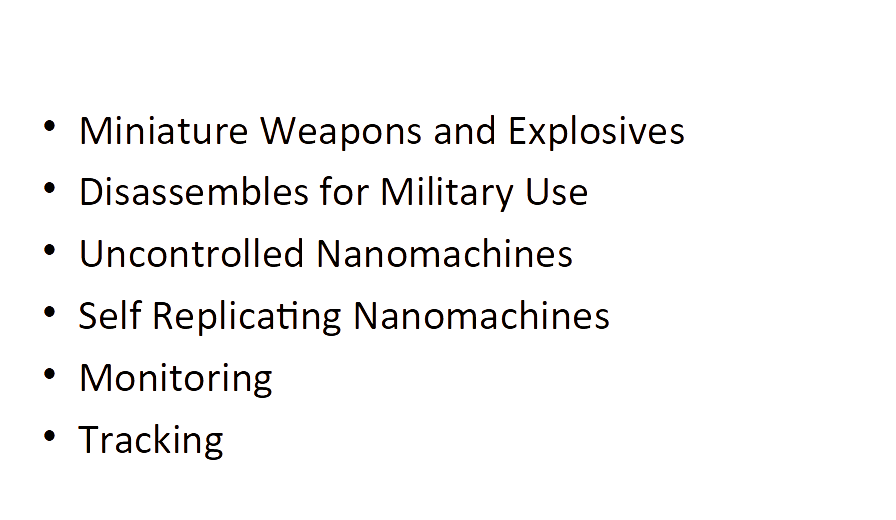







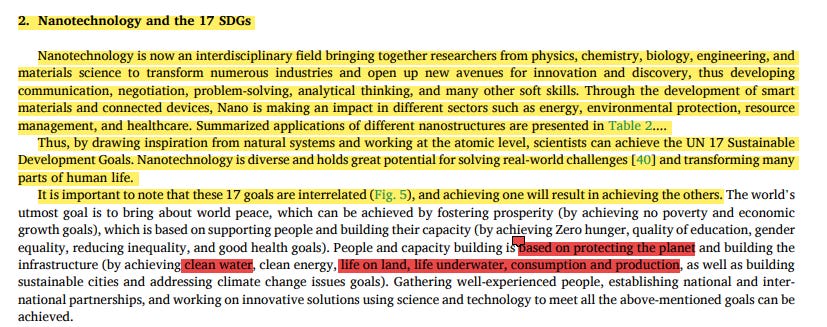




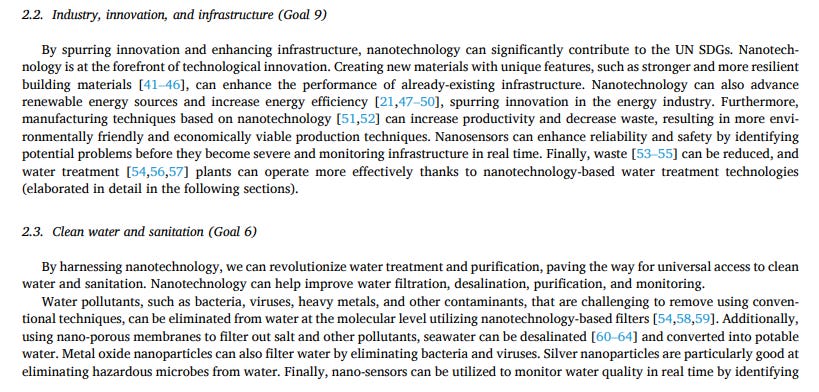







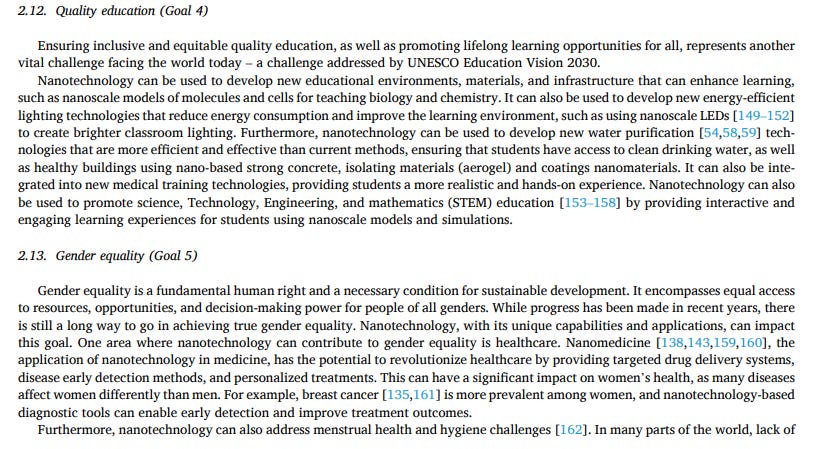


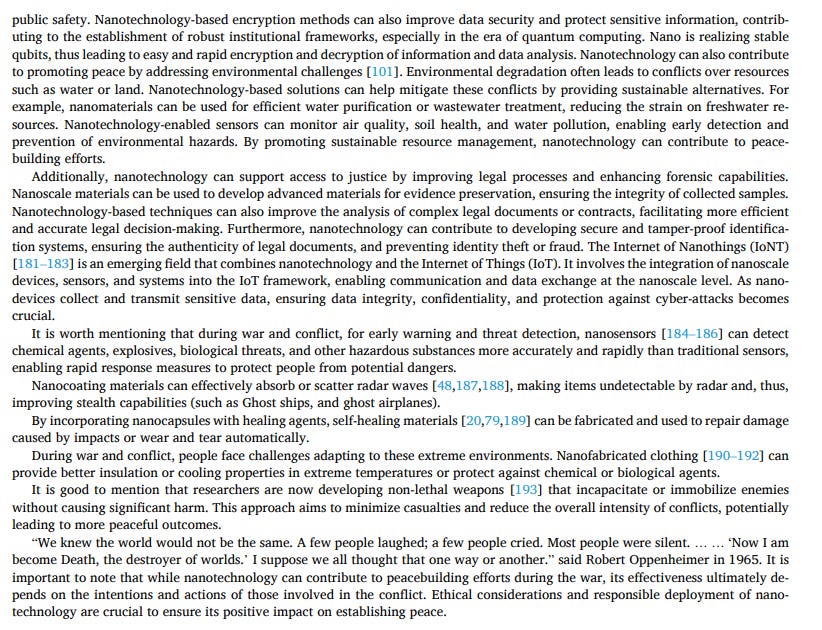


A world where there is no distinction between harmful pharmaceutical drugs and food, where we become slaves and property of those who patented the nanotechnology that got inside our bodies without our consent or knowledge is beyond my worst nightmare!!! Wow, they are even spraying this stuff in the soil. It will be in everything we breathe, everything we touch and everything we ingest. I weep for our beautiful planet and all of the innocent life forms being subjected to this evil.
reference notes from my website: Celeste Solum, a former FEMA operative, has done extensive research on the International Barcode of Life (“IBOL”) project – a Rockefeller initiative which aims to barcode and tag all life.
Why would they want to barcode and tag all life? Solum explained in an 2020 interview that during a 2018 pandemic tabletop exercise titled
International Barcode of Life (“IBOL”) project – a Rockefeller initiative which aims to barcode and tag all life. During “Clade X” it was revealed a committee had spent ten years making a new taxonomy or classification for life called the PhyloCode. Instead of the logical groupings – such as birds, insects, reptiles, fish and mammals – the Rearrange PhyloCode classifications. For example, humans are in the same family as arthropods, dinosaurs and birds. “It mixes and matches and makes no sense. But this is by design because with genetic modification they are mixing the species quite crazy. No longer will any life form be pure. Their goal is to taint every single life form,” according to C. Solumn.